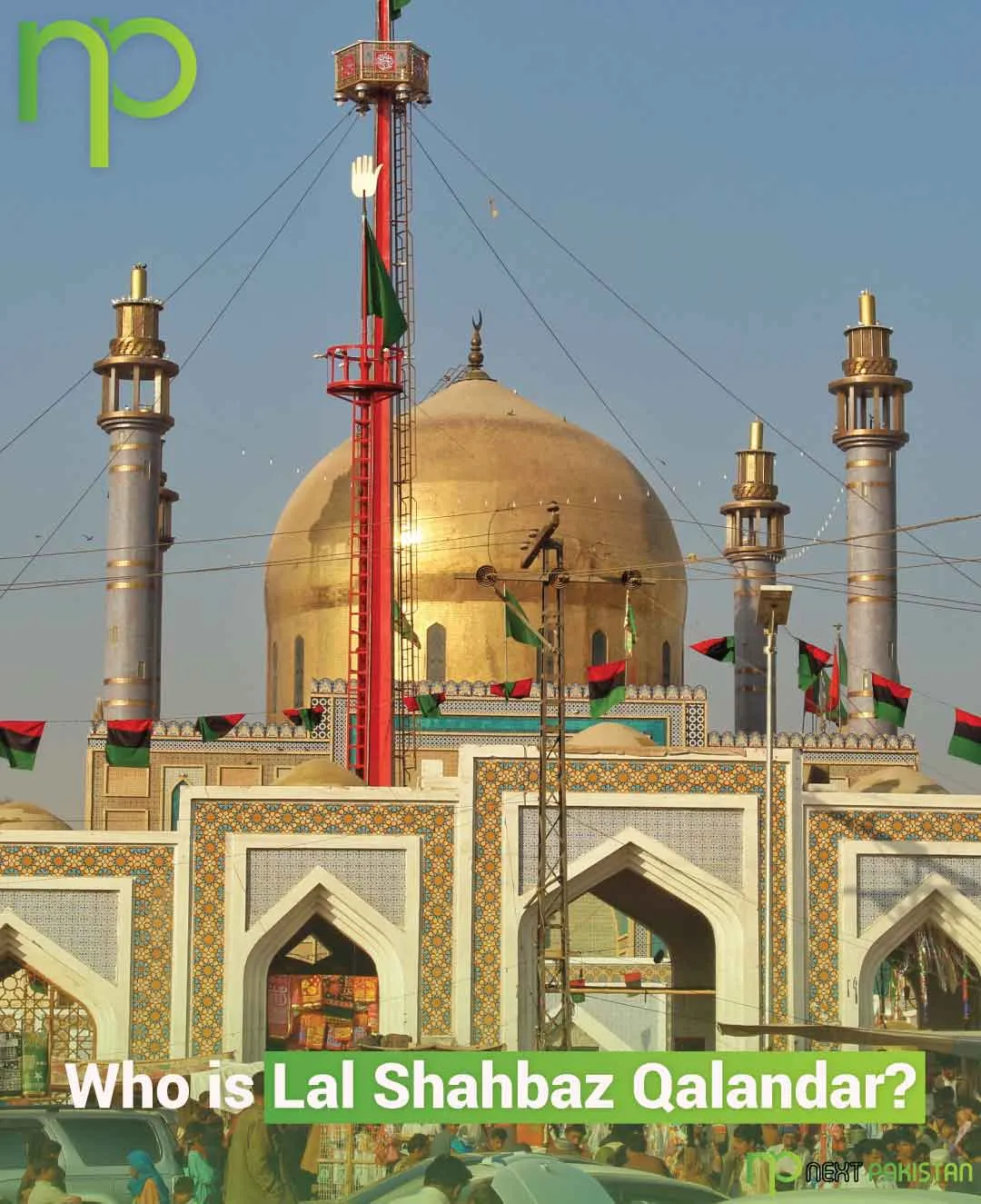
- February 15, 2024
- ubaidah khan
- 0
In a subcontinental legend, a wanderer sought refuge in a new city. However, the king, upon learning of his arrival, heartlessly denied him entry. To convey the city’s rejection, the king sent a pot filled with milk, signifying a lack of space.
Undeterred, the resilient wanderer responded with grace. Placing a delicate flower on the milk, he sent a message to the king expressing his desire to coexist peacefully. He wished to be like the flower, gently floating on the milk and spreading the fragrance of love. According to the tale, this visionary wanderer was Lal Shahbaz Qalandar, and the city that eventually welcomed him was Sehwan Sharif.
Introduction
Lal Shahbaz Qalandar, born as Sayyid Mohammad Usman Marwandi, remains an iconic Sufi saint and poet, revered in South Asia for his spiritual contributions. This article delves into his names, life, and the significance of his shrine, which has endured over the centuries.
Names and Significance
Lal Shahbaz Qalandar, also known as Jhulelal Qalandar, earned his names through profound symbolism. “Lal” signifies the ruby-like glow on his face, “Shahbaz” denotes a noble and divine spirit, and “Qalandar” reflects his status as a wandering spiritual figure. The term “Jhulelal” translates to “red bridegroom,” embodying various legends related to his promised marriage and subsequent grief.
Life and Spiritual Journey
Born in Marwand, Sistan, Lal Shahbaz Qalandar migrated to Sindh, where he became an esteemed figure among the local Sindhi population. A contemporary of Rumi, he traveled extensively, settling in Sehwan, Sindh, where he played a pivotal role in spreading the tenets of Islam. Living a celibate life, he engaged in tapasiya and acts of self-mortification.
Associations with Spiritual Luminaries
During his travels, Lal Shahbaz Qalandar formed legendary friendships with notable Sufi figures, including Baha-ud-din Zakariya, Baba Fariduddin Ganjshakar, and Syed Jalaluddin Bukhari. Together, they were known as the “Chahar Yar” or “Four Friends,” leaving a lasting impact on the regions of Sindh and Punjab.
Shrine and Cultural Significance
The shrine of Lal Shahbaz Qalandar, built in 1356 by Feroz Shah Tughlaq, stands as a symbol of spiritual devotion. Decorated with intricate silver work, Sindhi ‘kashi-tiles,’ and a gold-plated door, the shrine attracts thousands of devotees, particularly on Thursdays. The annual Urs, commemorating Lal Shahbaz Qalandar’s death anniversary, witnesses a massive congregation, drawing pilgrims from Pakistan, India, and Bangladesh.
2017 Terrorist Attack
Tragically, in 2017, the shrine became the target of a terrorist attack, claiming the lives of 88 people. Despite this heinous act, the shrine’s caretaker defiantly continued traditions, symbolizing resilience in the face of adversity. The annual dhamaal, a meditative dancing ceremony, resumed, highlighting the unwavering spirit of the shrine.
Conclusion
Lal Shahbaz Qalandar’s life and the shrine dedicated to him stand as testaments to the enduring power of spirituality and cultural heritage. The annual Urs continues to unite devotees from diverse backgrounds, emphasizing the saint’s universal appeal. The shrine’s resilience against terrorism reflects the timeless message of peace and devotion propagated by Lal Shahbaz Qalandar.